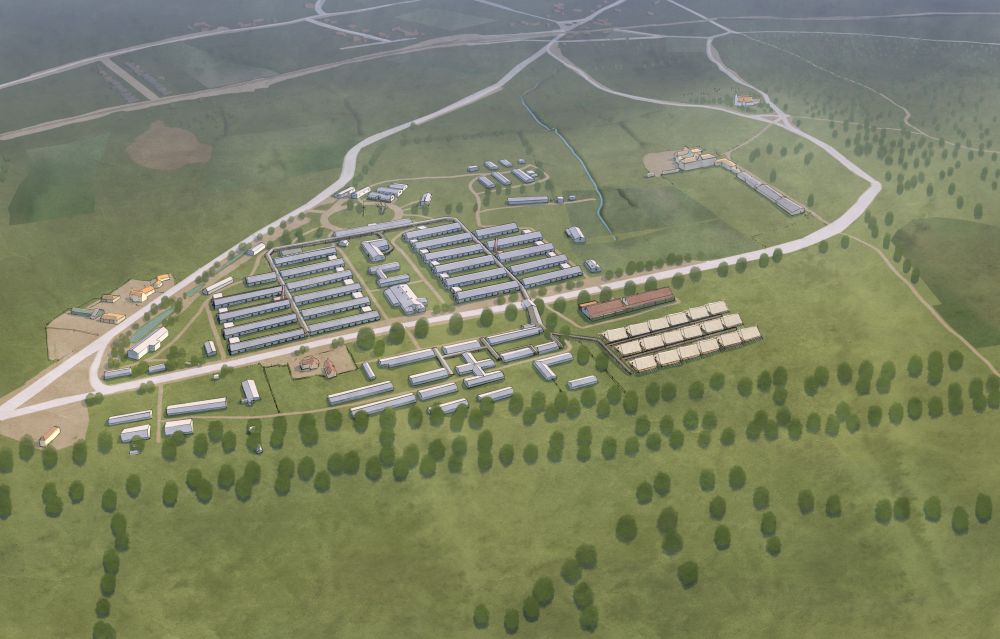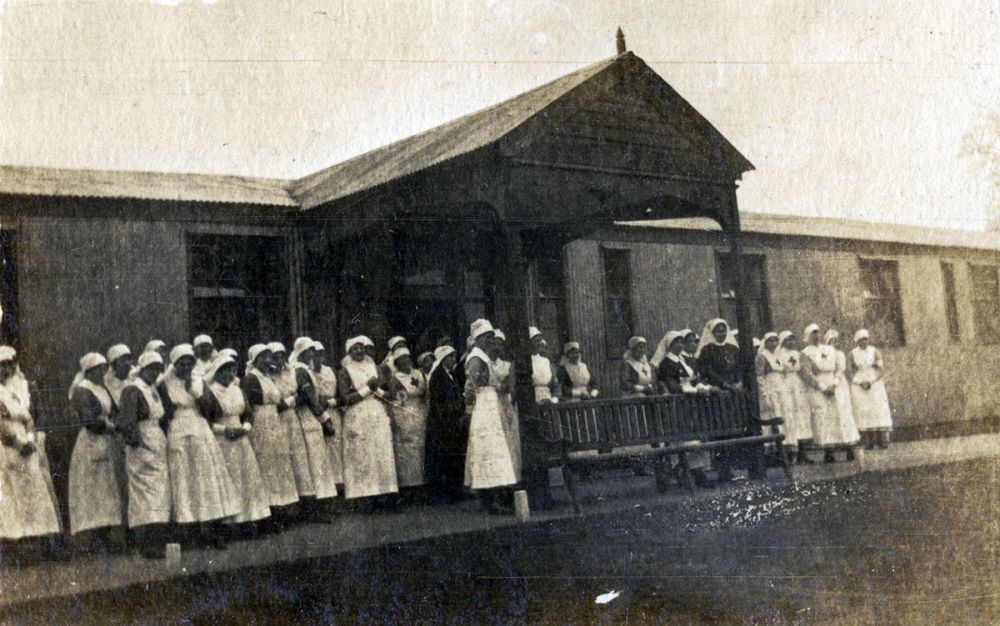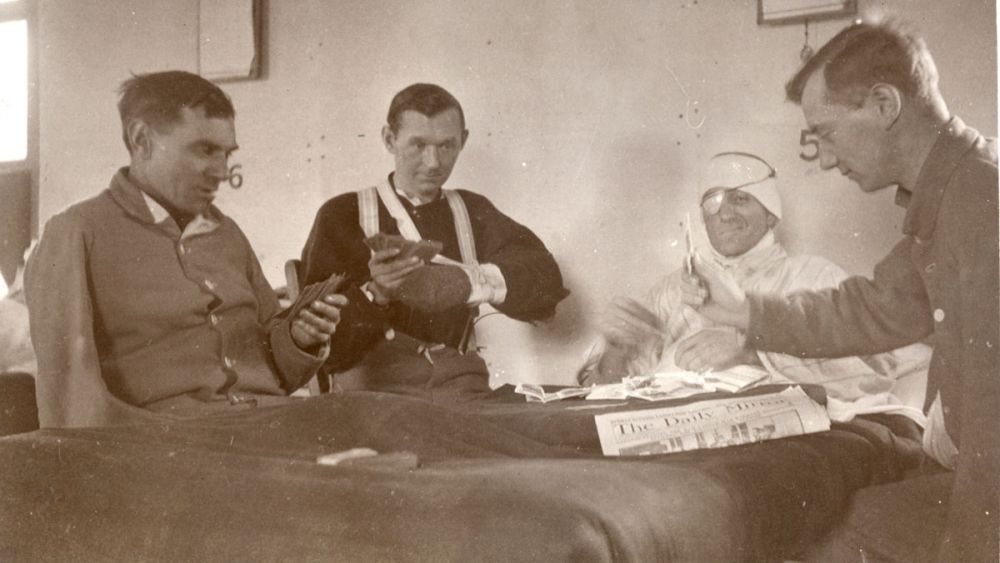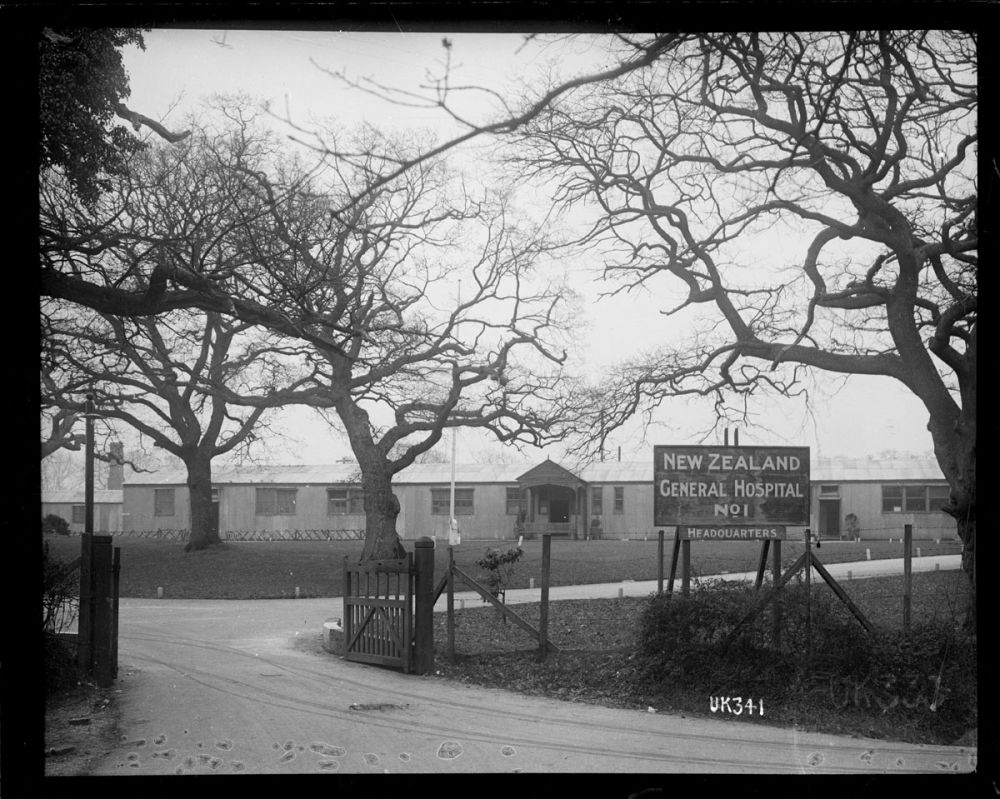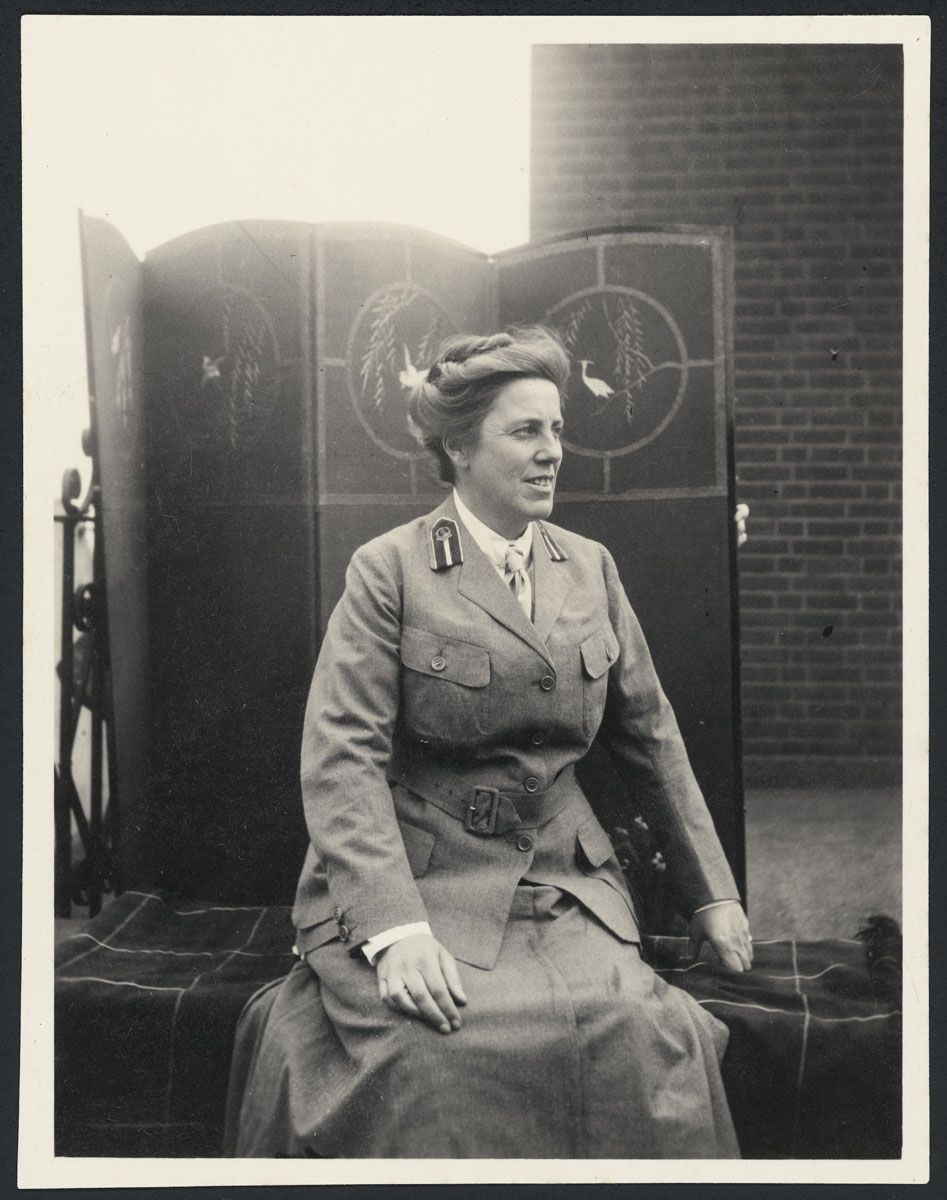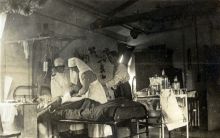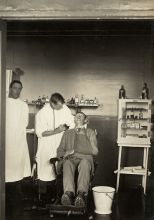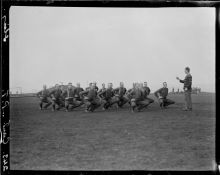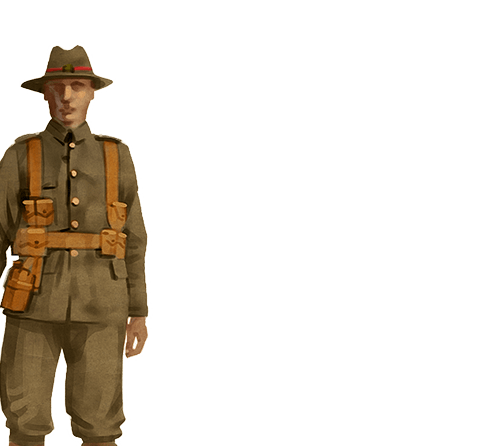Hospital Site
You are standing at the site of No. 1 New Zealand General Hospital Brockenhurst. This complex was initially known as ‘Tin-town’ and it was set up for the Indian Corps when they first went to France in late 1914 and early 1915. The New Zealanders took it over and it became an enormous complex with thousands of New Zealanders passing through. If you can imagine, there were tents and other temporary accommodation set up all around here, on either side of this road.
The New Zealanders also took over a number of hotels in the New Forest area, which were converted into hospitals, and quarters for medical staff. They are once again luxury hotels, but during the war - they were an important part of this hospital complex. You are standing near to where a covered walkway crossed this road from the main camp to your right, leading to the to the nurses and other “domestic” service areas on your left.
Initially, New Zealand was not going to send any nurses overseas, but as the war grew, 500 were deployed. During Gallipoli, two hospital ships were commissioned - the Maheno and the Marama, by public subscription, allowing these two passenger ships to be converted into hospital vessels. They were staffed with New Zealand nurses who were given officer status and were to rank directly below Medical Officers. This caused some disbelief within traditional military circles, who struggled to believe that nurses were to be treated as officers.
Many women volunteered as VADs - Voluntary Aid Detachment - they assisted in the hospitals. New Zealand nurses also served with the New Zealand stationary hospital in France at Wisques and they regularly came under attack from German night bombing. They experienced directly all the kinds of horrific injuries and conditions that the soldiers were suffering from.
There were also New Zealand nurses and doctors, who came across to Europe under their own steam and worked with the French, and Belgians, attaching themselves to the volunteer organisations that were supporting those armies. Doctors like Agnes Bennett, who were refused employment by the New Zealand Government, made their way to Cairo, and served under the French Red Cross. Later, Bennett moved to England, and then Serbia, where she was appointed commanding officer of the 7th Medical Unit of the Scottish Women's Hospital for Foreign Service. For her efforts, Bennett received the Order of St Sava, 3rd class, of Serbia and the Cross of Honour of the Serbian Red Cross. Bennett’s final service during the war was at a military hospital in Southampton before she returned to Wellington, working at Saint Helen’s where she made a huge impact on maternal and neonatal death rates.
Harold Gilles was a talented New Zealand doctor working in the British Army Hospital at Sidcup who became known as the father of plastic surgery. Gilles experimented with, and perfected techniques to graft skin and grow living tissue on patients with terrible facial wounds. He was instrumental in establishing the first facial injury ward at Cambridge Military Hospital, his work throughout the war and in the years afterwards had a huge impact, not just on soldiers' lives, but on the advancement of plastic surgery.
Henry Pickerill was the first director of the Otago School of Dentistry. During the war, Pickerill was seconded to the New Zealand Medical Corps, and he established a unit for the treatment of facial and jaw injuries at No. 2 New Zealand General Hospital, Walton-on-Thames. This New Zealand section later transferred to Sidcup where Pickerill worked alongside Gillies. Pickerill made great gains in the fields of facial reconstruction and plastic surgery, and his work continued after the war.
Dentistry was also important here at Brockenhurst, and it was New Zealand that led the way in recognising the need for organising a proper system of dental care. Volunteers were often rejected on account of their bad teeth, and after 1915, the New Zealand Dental Association worked with the military to provide dental care to soldiers in camp. This led to the establishment of the Dental Corps. Soon after, dental units were attached to most main hospitals in England and France, and other Armies began to follow suit. Here, at Brockenhurst, there were three dental officers and six mechanics - or assistants, and they certainly had their work cut out for them - doing all the soldiers teeth before they were shipped out to France.
Brockenhurst itself changed rapidly during the war. The town was particularly busy with soldiers and medical staff having some much needed ‘time-off’, and the restaurants, pubs and cafes would have done a lively trade. During the war over 20,000 New Zealand soldiers passed through here, and many lives were saved, owing to the hard work of the nurses and doctors who served here.


